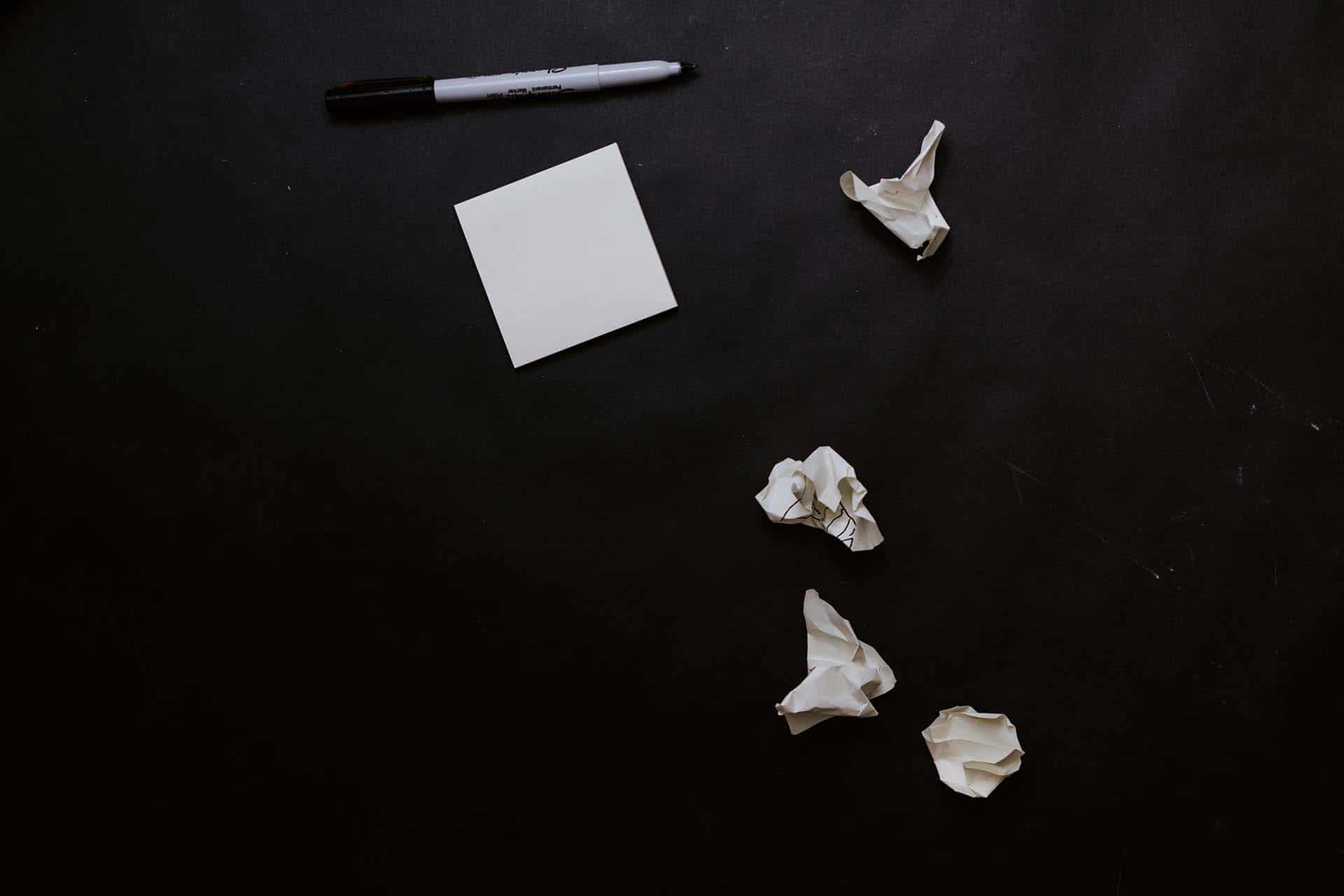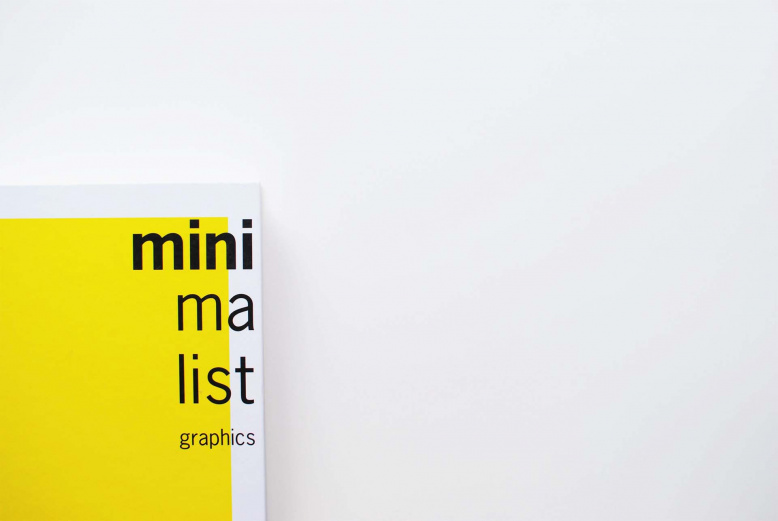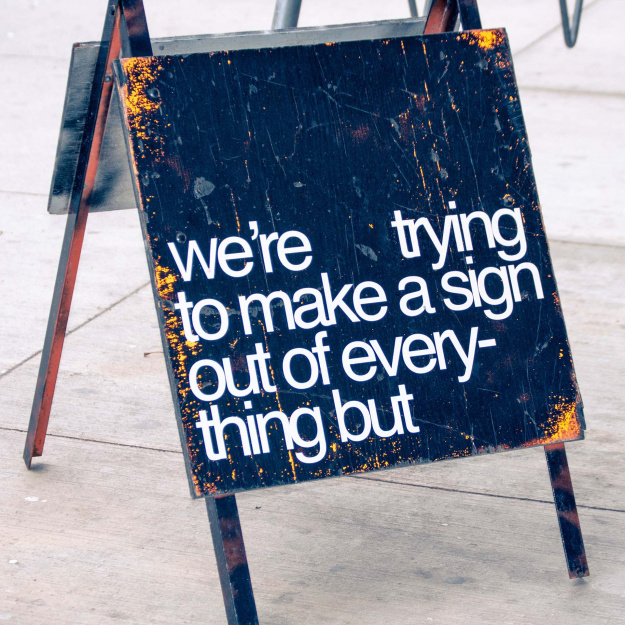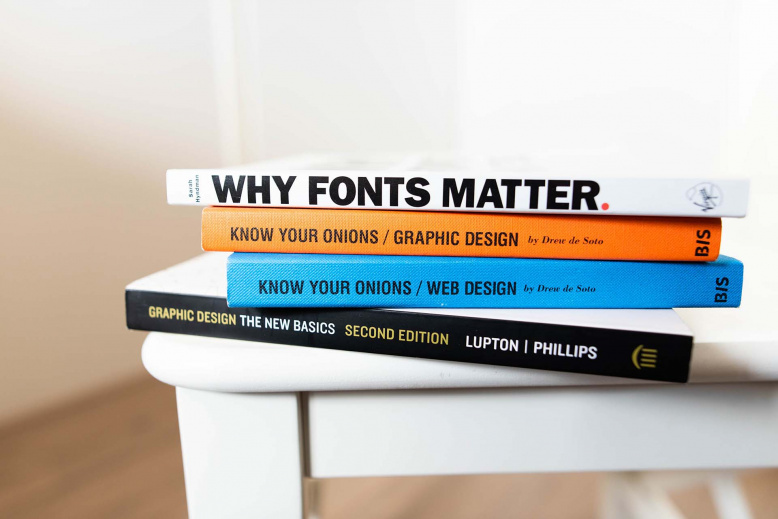
Design
Why design trends are not all
they’re cracked up to be
We’re often asked what we think of the latest design trends and what we can expect in the year ahead. So how important are design trends really? Should we all be jumping on the latest bandwagon? Our MD, Simon, and Creative Director, Dan, argue that while trends tend to be ethereal, a good design should last forever.
How d’you think the pandemic affected design trends?
Simon: There was already a movement towards pictograms but the need to communicate simple messages during the pandemic has no doubt increased that. I wish we could have been involved in the design of the BBC’s Covid logo. I think it’s a great icon and it’s become ubiquitous, but I can imagine the design agency that produced it wondering if they could ever use it because it has so many negative connotations. Now, it’s embedded in our heads; it’s part of our current culture. The graphic is iconic. Trends tend to go in waves, from photography to illustration to very graphical treatments. And the fact that we’re going through a graphical era now definitely reflects the current times.
Dan: Yes, trends tend to be a response to what’s happening in the world and Covid is a great example. As informational signs went up everywhere, it became part of people’s psyche to think in graphical terms. Pantone’s colour of the year, which was announced during the December lockdown, was also influenced by the pandemic. In fact, they announced two colours for 2021:
“A message of happiness supported by fortitude, the combination of PANTONE 17-5104 Ultimate Gray + PANTONE 13-0647 Illuminating is aspirational and gives us hope. We need to feel that everything is going to get brighter – this is essential to the human spirit.”

Will there be a move away from visual imagery to something completely different?
Simon: We’ve got into a mindset where Big Government is part of life, so that sense of control could hang around for a while. But there will be a reaction eventually. I can see us moving away from the very tight graphic treatment that we’re enjoying now – which I actually quite like – to something freer.
While our clients are aware of trends, they don’t move quickly. The big corporates tend to pick up on trends two or three years later. If elements are still hanging around, they’ll build that into their thinking and logic.
Dan: The trailblazers, the ones who set the trends, tend to be the more disruptive businesses. As a design agency, we need to be trend aware, but it won’t necessarily be reflected directly in our outputs.
What we’re seeing with many clients is more humanity. It’s not necessarily just a design thing – it’s also in the tone of voice and messaging – but our job as designers is to express visuals and messages in the right way to achieve standout. We’re starting to see more wit, humour and more caustic messaging to cut through that noisy space. It’s right on point for our own public face – we want people to know we’re human, approachable, good to work with, energetic and have a sense of humour.
Simon: It’s an interesting balance though. As you say, there’s more informality in the messaging and the way people are talking. But there’s quite a lot of formality to the way it’s presented – icons are quite controlled. They’re almost competing, but it’s a nice competition – there’s balance.
Dan: That juxtaposition is right. It needs to have balance – you can’t go wild with what you say and wild with your creative because then you lose people.
Do your clients expect you to react to trends?
Dan: We’re working with a lot of small businesses and start-ups. It would be very easy to get sucked into delivering trend-based design for them, just because it’s current. But these teams don’t have the budget to be changing it next year when the latest trend comes along. Personally, I’m a timeless design type; I want things to last for a long time. Trends tire very quickly. Typographically, we’re seeing thousands of cheap and even free typefaces, but very few of them have got the nuance, the beauty and the flexibility of the old classics – that’s why Helvetica’s still about!

What makes a design classic?
Dan: It must be well thought through and have a long-term ambition. It needs to be relevant and current, but design is all about communication. If you’re communicating a message about a company and you’re using a trend as the basis, that flow is going to shift. If you get to the essence of the company and push out from there, you’ve got a much stronger foundation going forward.
Why do we even pay attention to design trends then?
Simon: The skill of a designer, rather than a school kid going out and buying this year’s clothes, is that you need to spot any parts of a trend that may have longevity.
We need to have our finger on the pulse. We can introduce this year’s colour into conversations with clients, for example, so that they know we’re aware of whatever the trends may be. Whether we actually use it, is another matter. And to Dan’s point, it depends on the client and on the piece of work. Something that’s throwaway like a party invitation, for example, will have a very different look and feel to a piece of packaging that’s going to be out there for the next five years. One may pick up on ‘of the moment’ trends but the other needs a classic look that’s going to survive the test of time.
Dan: Look at the trends that have stayed around, like the oversimplification of logos, which has been going on for the last 6 or 7 years. People have been paring things back, and it will probably take 10 years to run its course, then everyone will return to more embellishment again. Big brands don’t want to lose out to smaller, more disruptive brands, so they try to fit themselves in. Cases in point – Halifax, which went all flat with its design and BT, which super simplified its logo.
“Something that’s throwaway like a party invitation, for example, will have a very different look and feel to a piece of packaging that’s going to be out there for the next five years.”
Simon: Imagine you’re at a party, there’s one old fella wearing a shirt that’s clearly meant to be worn by a young guy – they’re hanging on to their youth. The big corporates are often like that. They want to stay relevant, but it stands out like a sore thumb when it happens. With smaller brands, when you start with a blank sheet of paper, you have more flexibility to introduce some of the elements that you think will stand the test of time.
Dan: It has to be right for the task and sit well with their narrative, so it won’t need to be changed in a year’s time. Imagine a little start-up with a trendy logo. They roll it out across their shop, on their vans, it’s on packaging. And then, suddenly, everything has to change next year – that’s an expensive mistake to make.

Why do old ‘trends’ keep coming back?
Simon: It’s the argument that we’ve been making – the bits that come back have become classics. It’s not really a new trend, but rather this year’s flavour. There are only so many times you can reinvent the wheel.
Dan: It’s cyclical. Burger King’s last rebrand returned to their ‘70s-style roots. If you look at their branding from the ‘90s with the blue flash to represent their global reach, it didn’t work because there’s no blue in food, or we don’t want to see blue in food, especially not on bread buns! But that was done as a response to trends back then. They hung on to it for so long, it looked dated, and it’s probably been detrimental to the brand. If you want to look your age, follow a trend because within five, 10 years 15 years’ time, it will show.
“Imagine a little start-up with a trendy logo. They roll it out – then, suddenly, everything has to change next year – that’s an expensive mistake to make.”
Simon: I look at some of our old logos, and even the last one now looks tired. When we changed it a couple of years ago, there was concern about losing recognition. We decided we were fleet footed enough to deal with that, but you can understand why some of the big companies go through millions of pounds trying to figure out whether it’s the right thing to do. They don’t always get it right – look at Abrdn. That’s a perfect example of a big company trying to be trendy.
Dan: It’s not always about what we deem right either; you get to a war of attrition with clients. Sometimes they don’t want to listen to sage advice from years of experience doing what we’ve been doing.
Simon: For example, we know there’s a trend towards simplification and cleaner messaging, yet clients still often want to put an encyclopaedia of information on the design.
Dan: From my psychology perspective, good design is simple design. It’s less about art form and more about communication. If you can get the message across in the fewest number of steps, you’ve done your job.
Simon: That’s where good design becomes classic. Trendy design has its moment – but it’s ethereal. Classic design is around forever.